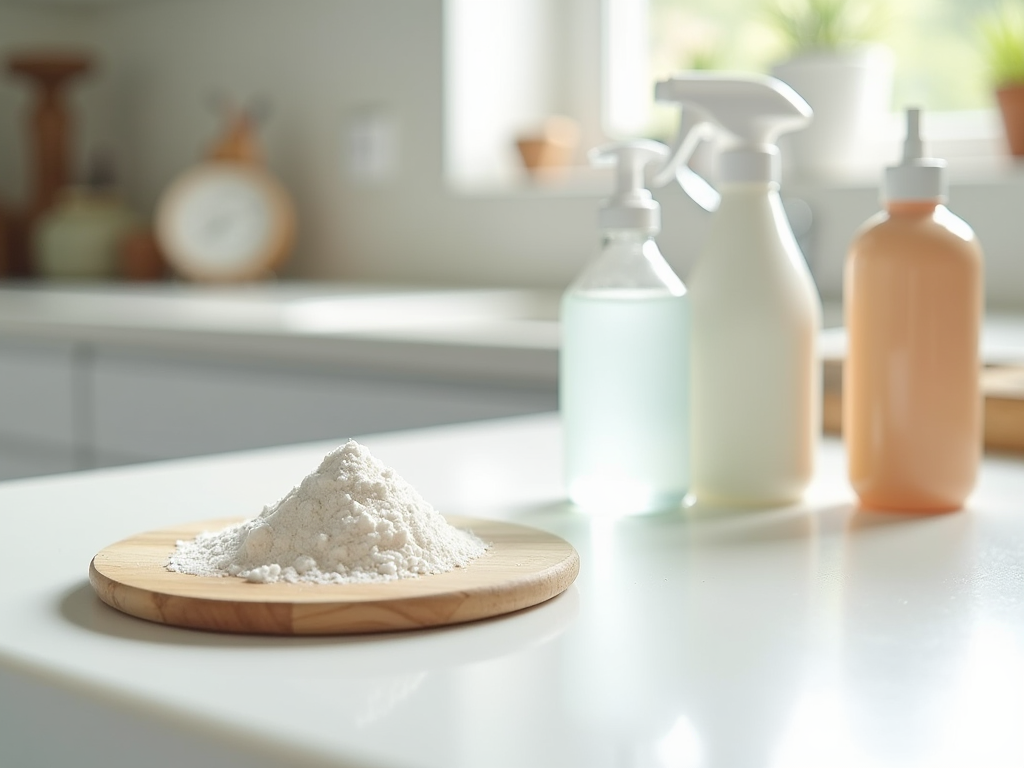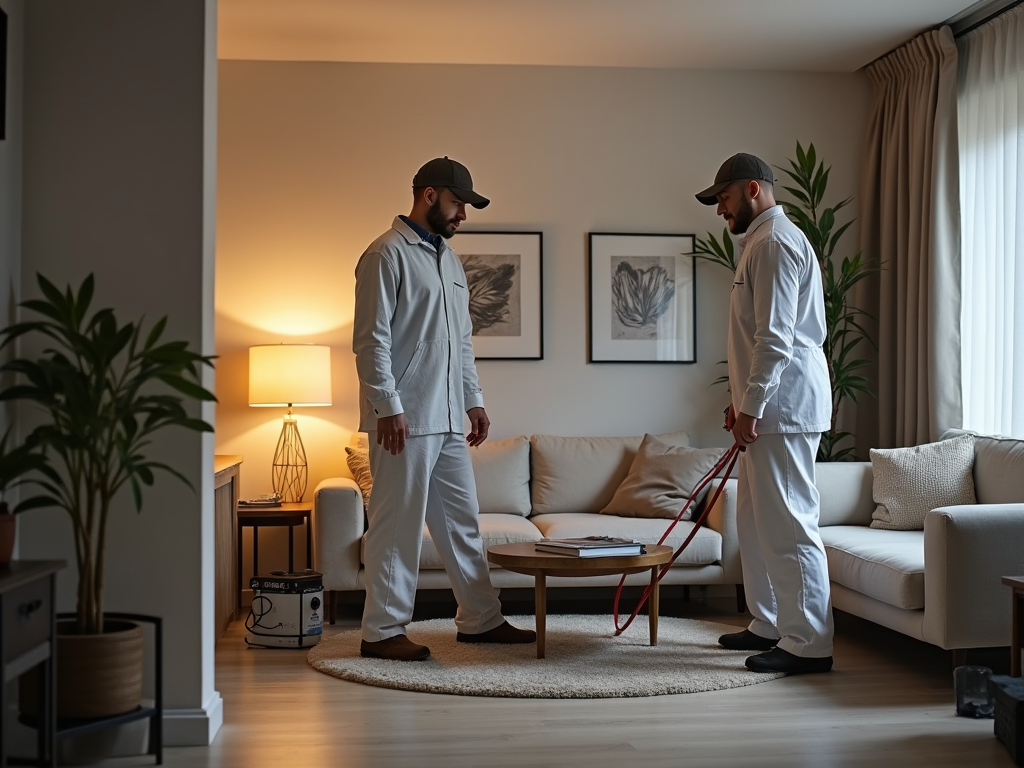How to Get Rid of Mold Smells in Your Home
Mold smells are more than just an unpleasant nuisance; they are a sign that your home may be harboring unwanted fungi. These odors can lurk unnoticed, only to reveal themselves when the humidity rises or when you return home after a long day. The musty scent is often an indicator of mold growth, which can not only diminish your quality of life but also pose health risks to you and your family. Identifying and eliminating these odors is essential for your well-being and comfort. This article will guide you through effective strategies to tackle mold smells, ensuring that your home smells fresh and inviting once more.
Once you notice a moldy odor, the first step involves understanding the scent’s source. Mold can thrive in hidden spaces, and often, the signs are not visible to the naked eye. By locating the areas where mold might be growing, you can effectively target your cleaning. Working in areas such as bathrooms, kitchens, and basements will be crucial. Remember, being methodical and thorough in this process is key to maintaining a clean environment. Cleaning and removing any potential sources of odor will help greatly in your quest for a fresh-smelling home.
Understanding Mold Smells

The distinctive musty odor associated with mold is primarily produced by microbial volatile organic compounds (MVOCs). These compounds are emitted as mold spores proliferate and can create an uncomfortable living environment. Identifying mold early can help you manage and remove it before it turns into a more severe problem. Moreover, relying solely on air fresheners or deodorizers won’t eliminate the root of the problem; they only mask it temporarily. Tackling the issue head-on with effective cleaning and preventive measures can save you time and money in the long run. Awareness of how mold smells function and where they come from is imperative for any homeowner.
Identifying the Source of the Mold Smell

Locating the source of mold smells is crucial for an effective cleanup. Consider the following common areas where mold typically flourishes:
- Basements and Crawl Spaces: These areas are often damp, poorly ventilated, and can develop mold quickly.
- Bathrooms: High humidity levels frequently lead to mold growth in bathrooms, especially around fixtures.
- Kitchens: Areas where moisture collects, like under sinks or around spilled food, are common spots for mold.
- Attics: Poor insulation can lead to humidity build-up, making attics a breeding ground for mold.
Cleaning and Removing Mold
After identifying the source, it’s time to clean and remove any visible mold. Depending on the affected surface, your cleaning methods may vary. For non-porous surfaces, a solution of water and detergent could suffice. However, if porous materials are affected, you may need to replace them entirely, as mold can deeply penetrate these materials. In any case, safety is paramount; always wear protective gear, such as gloves and masks, when cleaning. Additionally, ensure that you’re working in a well-ventilated area to prevent inhaling harmful spores.
| Surface Type | Cleaning Method | Notes |
|---|---|---|
| Hard Surfaces | Water and detergent solution | Scrub thoroughly and dry completely |
| Fabric | Wash in hot water | Add detergent and a cup of vinegar |
| Drywall | Professional removal recommended | Mold can penetrate deeply |
Once your home is clean and safe, the next step involves reducing humidity levels to prevent the return of mold and its accompanying smell. Effective dehumidification methods include using dehumidifiers, increasing ventilation, and utilizing air conditioning during humid months. Combined, these strategies create an environment unsuitable for mold growth. This holistic approach minimizes the risk of future infestations. By addressing both the symptoms and root causes, you can maintain a fresher home.
Natural Remedies for Odor Elimination
In addition to cleaning, natural remedies can play a significant role in neutralizing mold smells without resorting to harsh chemicals. Simple household items can be quite effective. Consider trying these DIY solutions:
- Baking Soda: Placing open containers throughout your home can absorb lingering odors.
- Vinegar: A spray solution of white vinegar can help neutralize odors naturally.
- Essential Oils: Oils like tea tree or lavender not only mask but can also reduce odors effectively.
Professional Mold Remediation
When mold smells persist despite your efforts, or if there is extensive mold growth, professional mold remediation may be necessary. Various signs can indicate it’s time to call in the experts. If you notice extensive visible mold across large surfaces or if you have health concerns tied to persistent mold odor, seeking professional help is advisable. Additionally, if cleaning efforts have not resolved the issue, experts can analyze the situation and provide tailored solutions. Sometimes, the costs associated with professional remediation can save you from potential long-term health issues and structural damage.
Conclusion
Eliminating mold smells from your home involves a series of methodical steps aimed at understanding, identifying, cleaning, and preventing mold growth. Not only does this process lead to a fresher atmosphere, but it also safeguards your health and property. By following the strategies outlined in this article, you will be better equipped to tackle any mold-related issues. Proactivity is essential—stay vigilant and address moisture levels regularly to maintain a mold-free environment.
Frequently Asked Questions
- What causes mold smells in my home? Mold smells are caused by microbial volatile organic compounds (MVOCs) produced by mold growth.
- How can I naturally eliminate mold odor? Use natural remedies like baking soda, vinegar, and essential oils to neutralize odors.
- When should I call a professional for mold issues? Seek professional help if mold is extensive, affects structural integrity, or poses health risks.
- Can I get rid of mold odors on my own? Yes, with proper cleaning and dehumidification, minor mold smells can often be managed independently.
- What are some preventive measures against mold smells? Maintain low humidity, use dehumidifiers, ensure proper ventilation, and address leaks promptly.
